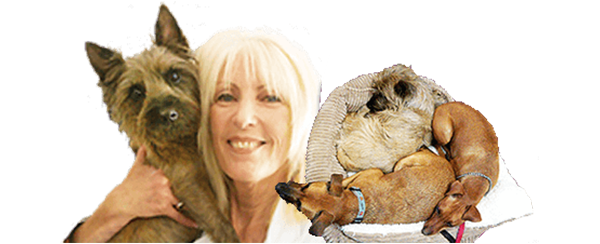4 Steps Toward a Cat-Friendly Household
The addition of a cat to your family can bring you and the cat many years of happiness - but only if you take the necessary measures to ensure the cat's safety and wellness around the house. Even the most comfortable and loving home can harbor potential dangers for curious felines, nine lives notwithstanding.
You can give your cat a safer environment once you recognize some of the most common threats in your home and what to do about them. Start by following these four simple steps toward a more cat-friendly household.
1. Minimize the Electrical Threats
Wireless technology may have done much to reduce residents' dependence on electrical cables, but many everyday appliances still plug into the wall or into other devices. Unfortunately, cats may treat electrical cords as toys, chewing on them due to teething urges, boredom, or simple curiosity.
This chewing habit can prove hazardous both for your cat and for your human family members. A cat who chews through a wire's outer insulation may receive an electrical shock or serious burns. The frayed cord may then go on to start a fire as electricity passes through the bare, unprotected wiring.
Limit your cat's access to electrical cords and wires as best you can by running them through plastic protectors or inside the walls of your home. If your cat chews things out of boredom, try playing with it more frequently or giving it some new chewable toys. A scratching post offers another outlet for excess energy.
2. Secure the Toxic Substances
A cat's finicky eating habits can actually do it a lot of good in certain situations. Cats lack some of the liver enzymes that help other animals process a wide range of ingested substances, meaning that they can prove especially vulnerable to toxins. These toxins can inhabit many common household foods and products.
Curious cats love to explore countertops and cabinets. Make certain that all medicines, cleaning supplies, and other chemicals rest behind securely cat-proof doors. Take the same precautions with the automotive fluids and other substances in your garage, including any puddles or antifreeze or motor oil on the garage floor.
Many innocent-seeming household foods and decorations can have toxic effects on cats. Don't give your feline a chance to nibble on plants such as azaleas, chrysanthemums, lilies, tulips, or mistletoe. Don't feed your cat human foods such as garlic, chocolate, yeast dough, raisins, or the sweetener xylitol.
3. Watch Out for Foreign Objects
Even the most finicky cats may eat odd things from time to time. For instance, cats who suffer from a nutritional deficiency may feel compelled to eat dirt. In most cases, however, ingestion of foreign objects occurs out of everyday curiosity. The trouble starts when these objects cause damage to the cat's delicate insides.
Some ingested foreign objects may include sharp surfaces that pierce or lacerate the cat's esophagus or intestines, while others may create dangerous internal blockages. Inspect your home regularly to remove any small items such as pins, tacks, pebbles, twist ties, or plastic debris that your cat might consume.
4. Introduce Other Pets Carefully
Cats will fight to protect their territory. If you introduce a new pet into the household without making the proper preparations, your cat may get agitated or anxious, possibly engaging in conflicts with this animal. To minimize your cat's fear and emotional stress, make these instructions carefully and gradually.
Start by keeping the new pet in a separate, blocked-off space, with its own feeding bowl, water bowl, bedding, and toys. Swap out the pets' blankets or bedding occasionally so they can get used to each other's scent. Bring down these barriers gradually until the two pets can share space and resources with minimal fuss.
Alta Vista Veterinary Clinic can advise you on a variety of ways to keep your cat healthy and happy in the home, from smart safety measures to preventative wellness tips. Contact us today with any feline health concerns or questions you may have.








